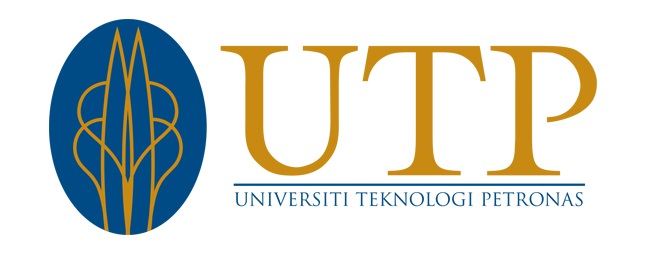MIN, TEOH KHAY (2014) Copper adsorption using phosphoric acid-based geopolymers. [Final Year Project] (Unpublished)
Final Dissertation_15097.pdf
Download (1MB) | Preview
Abstract
Heavy metal pollution has been a recent topic and low cost adsorbents have been a trend to treat and remove heavy metals from waste water. The discovery of geopolymers has been a breakthrough in the field due to its amorphous and porous structure. The objectives of this research are to synthesize and characterize the phosphoric acid-based geopolymers using different phosphate to aluminum ratio. Raw material, kaolin was calcined to produce metakaolin which was then mix with phosphoric acid, distilled water and aluminum oxide powder to produce slurry geopolymer mixture. The mixture was cured at 80oC for 12 hours before it was being crushed, grounded and ball-milled into powder form. Different properties of geopolymers have been characterized, for instance, particle size, chemical composition, surface structure and porosity. The synthesized geopolymers, GP-1M and GP-2M were then utilized for adsorption test for removing copper ions. MIP study has shown that a larger pore volume is present in GP-1M (133.51mm3/g) as compared to GP-2M. The heavy metal removed was optimized at pH value of 6.5 for GP-1M. An increase of contact time also increases the percentage removal of copper ions by both geopolymers. The adsorption activities of both GP-1M and GP-2M fitted the pseudo first order reaction kinetic model at correlations coefficients value of 0.66 and 0.84. The adsorption studies also found to be fitted into Freundlich Isotherm with correlation coefficients of 0.998 and 0.728 respectively.
| Item Type: | Final Year Project |
|---|---|
| Subjects: | T Technology > TP Chemical technology |
| Departments / MOR / COE: | Engineering > Chemical |
| Depositing User: | Users 2053 not found. |
| Date Deposited: | 26 Sep 2014 15:11 |
| Last Modified: | 25 Jan 2017 09:37 |
| URI: | http://utpedia.utp.edu.my/id/eprint/14142 |
 UTPedia
UTPedia